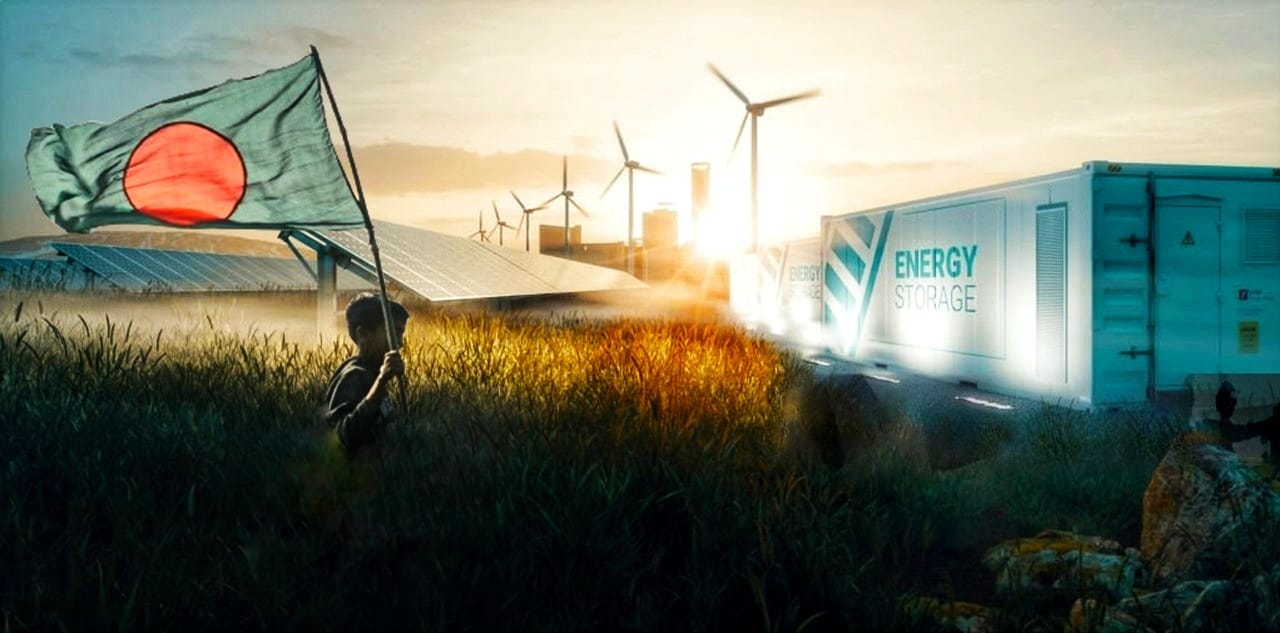Introduction: Risk to environment posed by Global Textile & Apparel Industry
The choices we make in fashion, from the clothes we wear to the way they’re produced, have a profound impact on our planet’s future. In a world where everything is going at a lightning-fast speed, fashion and consumer preferences are no different. With our generation’s affinity to trying new things and the fashion industry’s dire need to stay relevant– has paved the way for fast fashion and a surge in the amount of clothes produced and thrown away. From resource-intensive manufacturing processes to wasteful practices and unethical labor conditions, the fashion industry poses significant threats to the environment and society.
To illustrate, annually, the industry consumes a staggering 1.5 trillion liters of water, contributing to 20% of global clean water pollution. This pollution stems from the dyeing and treatment of fabrics with harmful chemicals, as well as the pesticide-intensive cultivation of raw materials. Moreover, the prevalence of plastics, particularly in synthetic fibers, exacerbates ocean pollution, contaminating the marine food chain with microplastics.
Additionally, the industry’s wasteful practices are concerning, with 87% of clothing ending up as landfill or being incinerated, and 30% of garments produced in excess, never worn. Furthermore, the industry’s operations often result in deforestation and soil degradation, exacerbating environmental degradation. (European Union, 2020)
Apart from environmental concerns, the fashion industry faces societal challenges, notably regarding unethical labor practices. Many Western fashion companies outsource production to developing countries to evade stringent environmental regulations and exploit cheap labor. This outsourcing perpetuates low wages, long working hours, and unsafe working conditions, underscoring the need for ethical reform within the industry.
Bangladesh Textile & Apparel Sector- Vision 2030
Presently, Bangladesh stands as the second-largest clothing exporter globally, trailing behind China. With over 4,500 factories, primarily clustered around Dhaka, the garment industry has been a pivotal driver of economic growth, contributing over 13% to its GDP, with more than 84% of export earnings attributed to textiles and related products. Approximately 80% of Bangladesh’s annual export earnings are derived from the garment industry, with Europe absorbing 61% of these exports annually. (Mordor Intelligence, 2023)
In 2021, Ready-Made Garment (RMG) exports constituted approximately 81.16% of Bangladesh’s total exports, witnessing a slight decrease from the previous year but an increase from 2012 levels. The export value of RMG in Bangladesh reached around USD 31.46 billion in 2021, showcasing growth from the previous year’s figure of approximately USD 28 billion. Given the crucial role of the clothing industry in Bangladesh’s economy, the textile manufacturing sector remains integral, benefiting directly from clothing exports. (Export Promotion Bureau of the Government of Bangladesh, 2023)
Threats to the environment with the proposed target
Water pollution stands out as a critical issue, with textile factories discharging approximately 60 million liters of untreated wastewater into rivers daily, according to data from the Department of Environment (DoE). The Buriganga River, once a lifeline for Dhaka, now bears the brunt, succumbing to toxic effluents and rendering it biologically dead. The Turag and Shitalakkhya rivers share a similar fate, bearing the weight of hazardous chemicals like lead, mercury, and chromium, wreaking havoc on aquatic life and posing dire consequences for public health.
The ramifications of this pollution extend beyond rivers, impacting surrounding ecosystems and agriculture. Agricultural lands suffer from soil contamination, resulting in reduced fertility and crop yields. Farmers, reliant on contaminated river water for irrigation, face crop failures and economic hardships, exacerbating food security concerns.
The human toll is equally alarming. Studies reveal elevated levels of heavy metals and toxic chemicals in the blood and urine of communities residing near textile factories. Skin diseases, respiratory ailments, and even cancer afflict residents, underscoring the urgent need for intervention to protect public health. (N. Sakib, 2023) While Bangladesh’s apparel and textile industry continue to fuel economic growth, its environmental toll cannot be ignored.
Overall Global threat:
The environmental repercussions of the apparel industry’s practices are often overlooked. From production to disposal, textile waste poses a significant threat to our planet’s health. In this article, we delve into the multifaceted environmental impacts of textile waste and its implications for global sustainability.
Pollution of Land, Water, and Air: Chemical dyes and finishes from textile factories contaminate soil and water sources, while energy-intensive production releases greenhouse gases into the atmosphere. According to a study published in the National Center for Biotechnology Information (NCBI), textile dyeing and finishing processes are responsible for significant water pollution and greenhouse gas emissions.
Contribution to Climate Change: Textile waste significantly contributes to climate change through its greenhouse gas emissions and energy consumption. Roadrunner Waste Management emphasizes the role of textile manufacturing processes in releasing carbon dioxide and other pollutants into the atmosphere. Additionally, the decomposition of textile waste in landfills produces methane, a potent greenhouse gas that accelerates global warming.
However, sustainability efforts extend beyond technological advancements to include capacity building and training programs. Data from training institutes indicate a 40% rise in enrollments for sustainability-focused courses, reflecting growing awareness and interest among industry stakeholders (Textile Today, 2023). These programs, supported by data illustrating the environmental and economic benefits of sustainable practices, empower individuals with the knowledge and skills needed to drive meaningful change.
Crucially, collaborative partnerships play a pivotal role in Bangladesh’s sustainability journey. Data on joint initiatives between government agencies, industry associations, and international organizations underscore the collective commitment to addressing common challenges (The Hindu, 2024). Through data-driven dialogue and cooperation, stakeholders are leveraging shared expertise to accelerate progress towards sustainable development goals.
Areas where Bangladesh Textile & Apparel Industry may focus to Go Green
As the industry confronts environmental challenges, it is imperative to identify key focus areas for achieving green practices. Drawing insights from various sources, we delve into the crucial domains where the industry can direct its efforts to foster sustainability and environmental stewardship.
1. Water Conservation: According to the World Bank, adopting water-efficient technologies and implementing better water governance mechanisms can substantially reduce water consumption in textile manufacturing processes (World Bank). Collaborative efforts with stakeholders, such as the Water Governance Mapping Report by SIWI, can guide industry players towards sustainable water management practices (SIWI).
2. Sustainable Materials and Sourcing: Incorporating recycled materials, organic cotton, and eco-friendly fibers can reduce the industry’s carbon footprint. The Bangladesh Garment Manufacturers and Exporters Association (BGMEA) highlights the importance of sourcing from certified sustainable suppliers to ensure ethical and environmentally friendly practices (BGMEA).
3. Energy Efficiency: Implementing energy-efficient technologies and practices can mitigate the impact of greenhouse emissions. The International Labour Organization (ILO) emphasizes the significance of investing in renewable energy sources and optimizing energy usage to enhance efficiency and reduce environmental footprint (ILO).
4. Chemical Management and ZDHC: Embracing the Zero Discharge of Hazardous Chemicals (ZDHC) framework and adopting safer chemical alternatives can minimize pollution and ensure compliance with international standards. Collaboration with initiatives like the UNIDO’s Switch to Circular Economy Value Chains project can facilitate the transition towards chemical management best practices (UNIDO).
5. Circular Economy Practices: Embracing circular economy principles is key to minimizing waste and promoting resource efficiency. Initiatives such as the Circular Apparel Industry by Bestseller underscore the importance of adopting circular business models, including product design for longevity, recycling, and reusing materials, to create a closed-loop system that reduces environmental impact (Bestseller).
6. Employee Training, Certification & Standards: Equipping workers with training programs on environmental sustainability and compliance with industry standards is crucial. The Garment Industry Sustainability Standards Initiative emphasizes the need for certification schemes and capacity-building initiatives to ensure adherence to environmental regulations and ethical labor practices (Journal of International Academic Research).
7. Supply Chain Transparency: Transparency across the supply chain is vital for identifying and addressing environmental and social risks. Collaboration with organizations like GIZ can facilitate the implementation of transparency measures and promote responsible sourcing practices, ultimately enhancing accountability and sustainability (GIZ).
How Groyyo can contribute to the cause
In the realm of Bangladesh’s textile and apparel industry, the quest for sustainability has become increasingly urgent. Amidst environmental concerns and social responsibilities, Groyyo, a prominent consulting firm, emerges as a key player ready to drive change and foster eco-friendly practices within the sector.
Optimal Utilisation of resources;
Man made- Through Business Excellence:
Groyyo’s expertise in Business Excellence Strategies is poised to make a significant impact on the textile industry’s sustainability journey. Through meticulous assessments of manufacturing processes and supply chain dynamics, Groyyo identifies opportunities for improvement. By optimizing resource usage, reducing waste, and streamlining energy consumption, the firm helps textile factories operate more efficiently while minimizing their environmental footprint.
Natural resources: Through ESG and WASH consulting
At the core of Groyyo’s offerings lies its Environmental, Social, and Governance (ESG) division. Here, the firm leverages its proficiency in ESG frameworks to guide textile companies towards sustainability. By assisting in the development of robust sustainability policies, establishing transparent reporting mechanisms, and nurturing a culture of environmental responsibility, Groyyo empowers businesses to embed sustainability into their core operations.
Water, Sanitation, and Hygiene (WASH) are integral components of Groyyo’s services, particularly tailored to address critical environmental and social challenges within the textile industry. Groyyo conducts thorough assessments of water usage, wastewater treatment facilities, and workplace safety protocols. Through adherence to international standards and regulations, the firm helps textile companies minimize pollution and ensure the well-being of their workforce.
In essence, Groyyo emerges as a catalyst for change within Bangladesh’s textile and apparel industry. Through its multifaceted approach encompassing business excellence, ESG integration, WASH services, and tailored solutions, the firm paves the way for a greener, more sustainable future. Together, Groyyo and the textile industry can embark on a transformative journey towards sustainability, where economic prosperity coexists harmoniously with environmental preservation and social well-being.
Call to action for a greener future
In light of these challenges, there is an urgent need for concerted action to mitigate the environmental impact of Bangladesh’s textile and apparel industry. Key stakeholders, including government agencies, industry associations, manufacturers, and consumers, must collaborate to develop and implement sustainable practices. This may include investing in water treatment facilities, adopting eco-friendly materials and production techniques, and promoting transparency and accountability across the supply chain. Should you be interested in our services and solutions, please reach out to us at abhishekyugal@groyyo.com divyamohan@groyyo.com or visit our website at https://consulting.groyyo.com



Leave a Comment